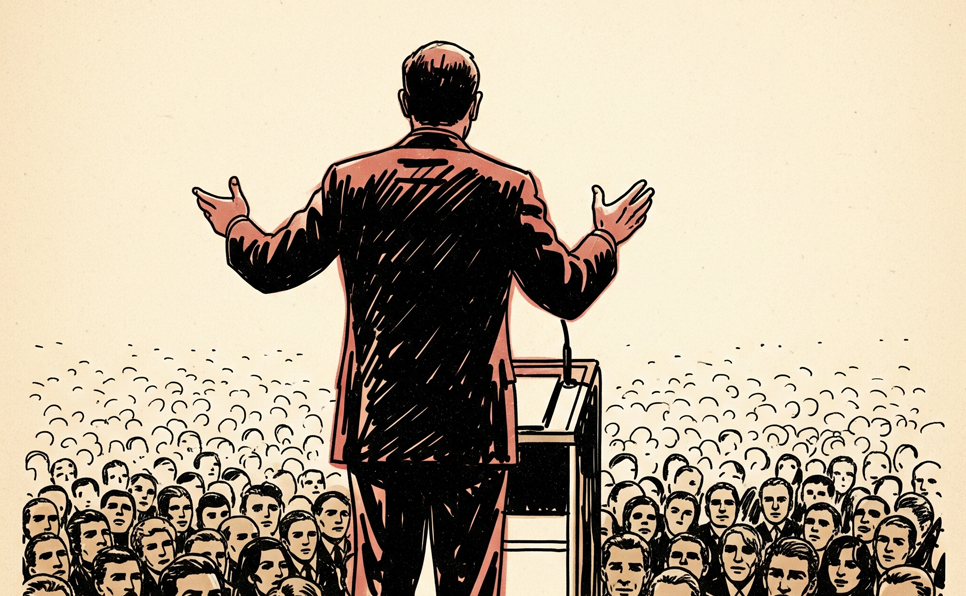Picture this: You walk into that final boardroom. The investors lean forward. They’re nodding. They want in.
Marcus Chen straightened his tie for the fourth time that morning. Conference room B at Goldman Sachs. Twelve faces around a mahogany table. He’d done this pitch seventeen times in the past three weeks. Boston. Chicago. San Francisco. Each time, different questions. Different concerns.
The slide deck was the same. His words were the same. But something was off.
“Tell us about scalability,” said the woman at the far end. Sarah Okafor from the pension fund. Marcus had answered this before. But his response felt wooden. Rehearsed. He watched their eyes glaze over. The same glazed look he’d seen in Detroit. In Atlanta.
His partner Raj Patel shifted beside him. They’d practiced this. Over and over. But practice in the hotel room was different from this. The real thing. The money on the table.
Marcus felt his chest tighten. Seventeen presentations. Millions in potential funding. And he was losing them, one room at a time.
The human brain craves novelty, yet seeks patterns. When executives repeat the same presentation, they trigger what psychologists call “semantic satiation”—the phenomenon where repeated exposure to identical information diminishes its impact. Audiences sense this staleness. They disengage.
Research confirms this intuition. Strategy presentations risk becoming what scholars call “cheap talk”—messages that seem rehearsed, nonbinding, and potentially deceptive. When CEOs deliver the same polished pitch repeatedly, investors grow suspicious. As Whittington, Yakis-Douglas, and Ahn found in their study of executive presentations, audiences discount overly practiced delivery precisely because it feels inauthentic. The very perfection of Marcus’s rehearsed presentation worked against him. Each identical delivery made his promises seem less credible, not more.
But there’s a way through this. Simulation training. Not the kind where you practice the same pitch. The kind where you practice being different. Every time.
At Axon Synergy, we build scenarios that stretch you. Force adaptation. Make you human again, not a recording.
Marcus could have used this. Could have learned to read the room. To pivot. To connect.
Your next roadshow doesn’t have to feel like Groundhog Day. It can feel alive.
Ready to stop sounding like a broken record? Sign up for our newsletter. Learn how simulation can save your next presentation.
Reference:
Whittington, R., Yakis-Douglas, B., & Ahn, K. (2016). Cheap talk? Strategy presentations as a form of chief executive officer impression management. Strategic Management Journal, 37(12), 2413–2424. https://doi.org/10.1002/smj.2482
